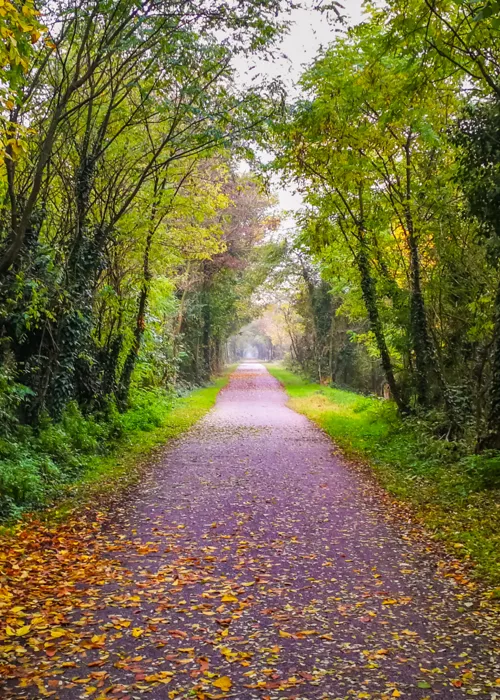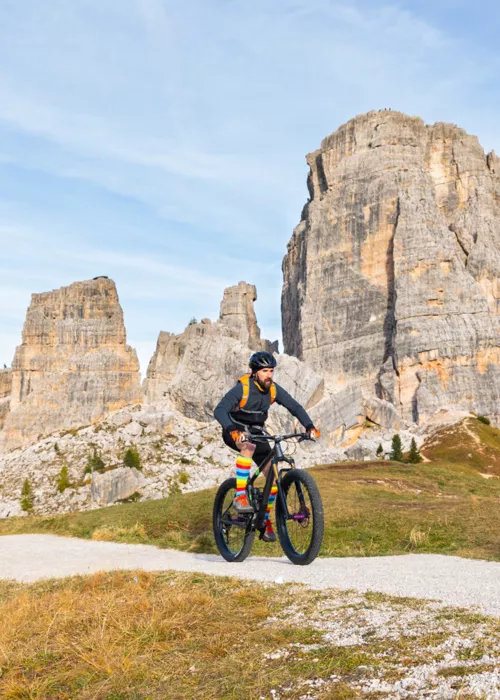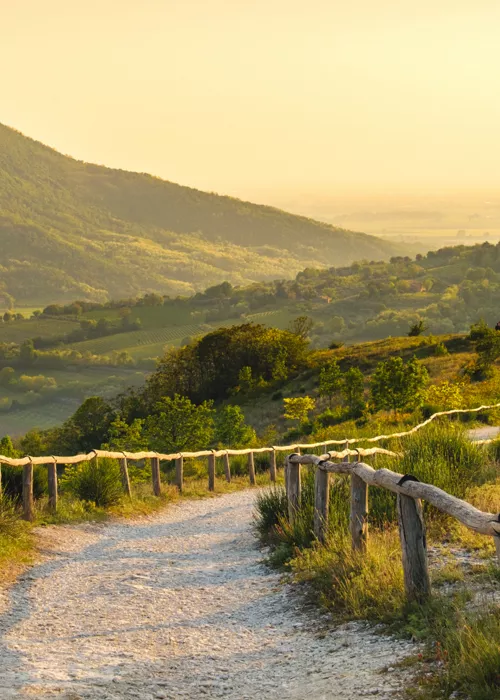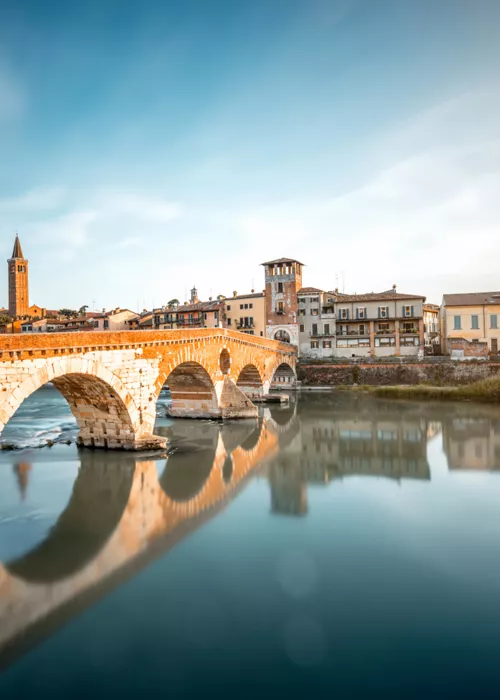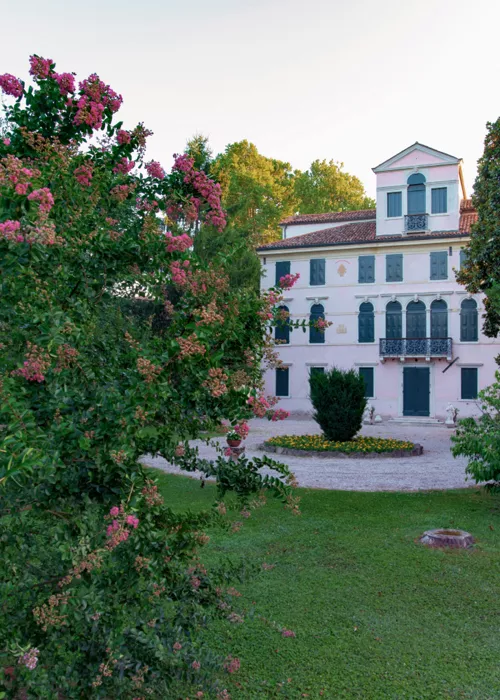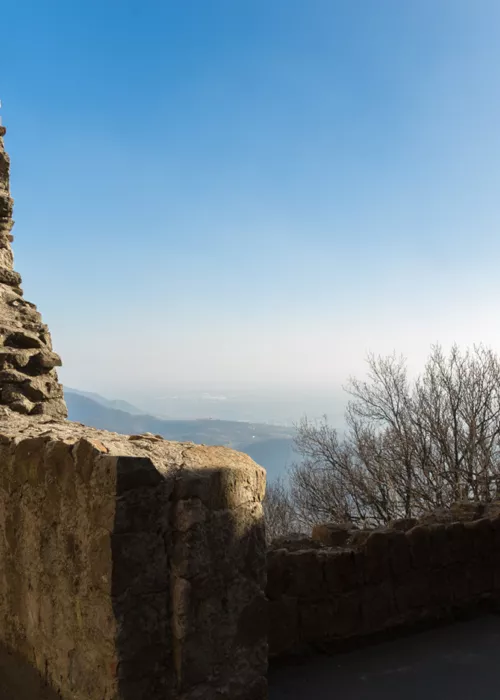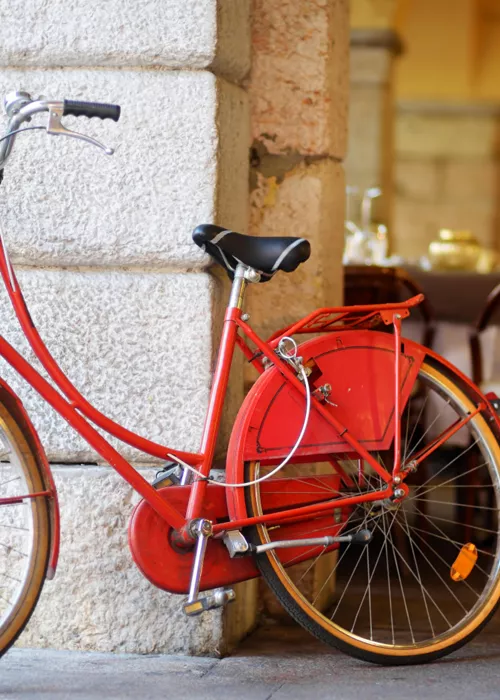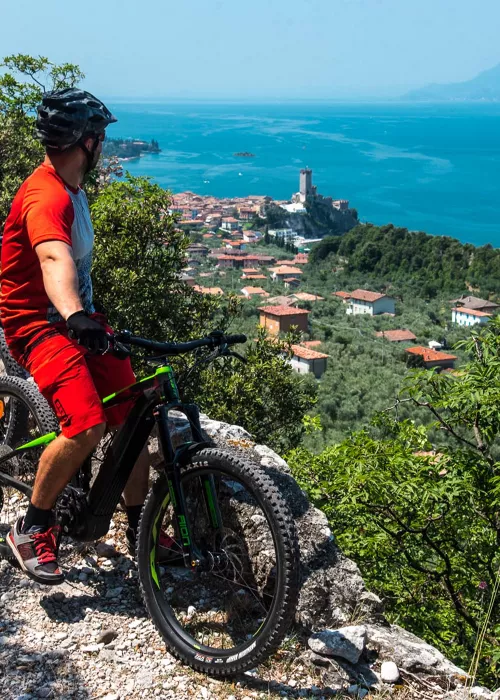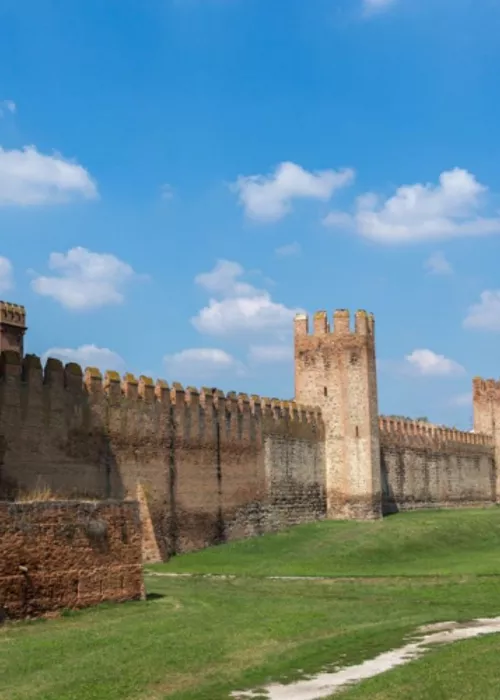Chioggia - Terme di Abano and Montegrotto: The salt and sugar route

Sailing along the Rotta dei Dogi you stop in Chioggia, landing in one of the numerous docks perfectly equipped for leisure boating, where every detail is designed to offer you an unforgettable stopover. With a deep seabed capable of accommodating boats up to 35 metres in length and a draft of 5 metres, the docks guarantee safe mooring even for sailing yachts, offering those on board a breathtaking view of the lagoon and the town, which is within easy walking distance. Leaving the tourist port behind, walk along the scenic seafront to discover some of the most important monuments in the picturesque old town of Chioggia. Here, among the narrow streets and picturesque canals, you will find historical monuments such as the Cathedral of Santa Maria Assunta, the ancient church of Sant'Andrea and the mediaeval tower that houses the oldest clock in the world. Don't forget to visit the lively fish market, an explosion of colours and flavours, located between the square and the Canale della Vena. This stage retraces the ancient salt road that linked the lagoon to the Venetian cities. In Correzzola you can admire the majestic 16th-century Benedictine Court, testimony to the great reclamation works and the rural courts built by the monks and still inhabited today. The next stop is Pontelongo, a town that grew up around the large sugar refinery built in 1910, which is still in operation today. Continuing along the banks of the canal, you pass the historic centre of Bovolenta, once fortified, where the waters coming from Padua on the right and from the Colli Euganei on the left. On the horizon, the characteristic volcanic profiles of the Colli Euganei will guide you towards your next destination. Along the way you will come across many Venetian villas, the picturesque coastal village of Pontemanco, masonry bridges and the former Abbey of Santo Stefano, testimony to the ancient origins of this waterway, now transformed into a pleasant cycle path. The journey ends in Battaglia Terme, a characteristic town at the foot of the Colli Euganei, where an original museum preserves the memory of river navigation. And if you are looking for a moment of relaxation, the famous spas of Abano and Montegrotto Terme are just a few kilometres away.
Padua - Venice: the Brenta Riviera

After a relaxing night in one of the prestigious hotels in Abano and Montegrotto Terme, we will set off to discover Padua, following the cycle path along the banks of the ancient Battaglia Canal. To understand the essence of the city of “the Saint”, which has been declared a UNESCO World Heritage Site for its 14th-century pictorial cycles, it is essential to walk among the stalls of the ancient fruit and vegetable market in Piazza delle Erbe and Piazza della Frutta, to explore Palazzo del Bo, seat of the ancient University, to visit the Basilica of S. Antonio and to admire Giotto's frescoes in the Scrovegni Chapel. Returning to Venice, you cross the university district of Portello, with the monumental Porta Ognissanti, and continue along the Piovego Canal and then the Brenta Canal. These ancient waterways have historically connected Padua to Venice through the famous Brenta Riviera, an area of great historical and cultural interest, full of Venetian villas that influenced the development of the coastal centres of Stra, Fiesso, Dolo and Mira. The beauty of Venetian architecture is not only evident in the many noble buildings, but also in the rustic dwellings and ancient coastal houses that have a view of the tranquil waterway. Among the many boats that once plied the waters of the Naviglio Brenta, the Burchiello, a flat-bottomed boat with an elegant, finely decorated cabin, was used mainly by Venetian nobles. By bike, you can follow the same routes and admire the same landscapes that amazed travellers in past centuries: the Pisani villa in Stra, the beautiful centres of Dolo and Mira and the Foscari villa known as "la Malcontenta", the pinnacle of Palladian architecture. Continue on to Mestre and, thanks to the Ponte della Libertà cycle path, you will reach the Tronchetto embarkation point. A one-day detour allows you to visit the historic centre (where bicycles are not allowed). The ferry takes you to the island of Lido di Venezia, from where you can cycle along the lagoon road to the Alberoni oasis. From here a vaporetto will take you to the island of Pellestrina. The two islands mark the border between the Adriatic Sea and the lagoon: on one side the open sea, on the other the lagoon, with Venice in the background. This unique view makes cycling an unforgettable experience. From the island of Pellestrina you can reach Chioggia, the starting and finishing point of this fascinating route.








